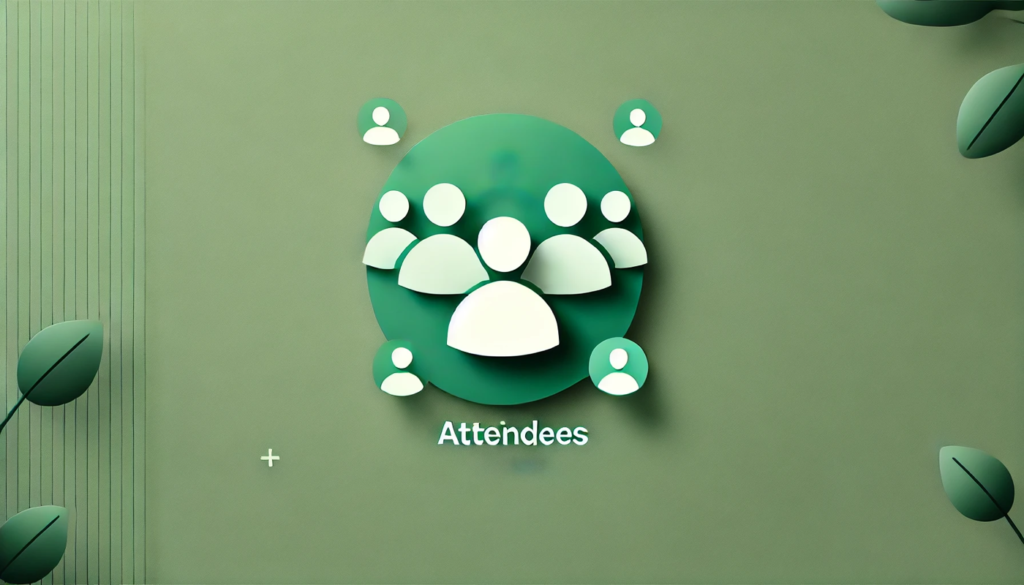10 Tips to Make Team Meetings More Productive

Team meetings are a cornerstone of collaboration in any organization. When done right, they bring teams together, foster innovation, and drive progress. However, unproductive meetings can drain time and energy, leaving participants frustrated and tasks incomplete. It’s no wonder many professionals dread meetings instead of looking forward to them.
The good news? With the right strategies, team meetings can become more effective, engaging, and impactful. Whether you’re leading a brainstorming session or a project update, implementing thoughtful practices can ensure every minute counts. Let’s explore how to make your team meetings more productive, starting with their purpose and frequency.
What is the purpose of team meetings?
Team meetings are designed to bring people together for a common goal. At their core, they serve as a platform to align objectives, ensure clear communication, and collaborate effectively. They help team members stay informed about ongoing projects, challenges, and opportunities, ensuring everyone is on the same page.
Beyond sharing updates, meetings can be pivotal for decision-making. Whether it’s allocating resources, solving problems, or brainstorming new ideas, meetings encourage real-time discussion and consensus building. Additionally, they foster stronger connections among team members, nurturing trust and camaraderie in the workplace.
When you need a team meeting and when you don’t
Not every issue needs a team meeting. Understanding when to call one—and when to avoid it—can save valuable time. For example, meetings are essential when discussing complex topics, aligning on critical goals, or addressing team-wide challenges. They are also ideal for brainstorming, resolving conflicts, or celebrating milestones.
On the flip side, many matters can be resolved with a quick email, a shared document, or a one-on-one chat. Avoid meetings when the purpose is solely to disseminate information or handle trivial issues. Overusing meetings not only wastes time but also diminishes their effectiveness. Remember: quality trumps quantity when it comes to meetings.
How often should team meetings be held?
The frequency of team meetings depends on your team’s size, goals, and workflow. For small, agile teams, weekly check-ins might work best to keep momentum going. Larger teams, however, may find bi-weekly or monthly meetings more practical.
It’s also important to strike a balance. Too many meetings can lead to burnout and reduced productivity, while too few might leave team members feeling disconnected. Consider your team’s unique dynamics and adjust the schedule as needed. Regularly reassessing meeting cadences ensures they remain relevant and impactful.
10 Tips for More Productive Meetings
Tip 1: Set a clear agenda before the meeting.
Before the meeting begins, create a detailed agenda outlining the topics to be discussed. This not only sets expectations but also keeps the conversation focused. Share the agenda with participants in advance so they can come prepared. An agenda prevents the meeting from veering off track, ensuring all key points are covered within the allocated time.
Tip 2: Define meeting objectives.
Every meeting should have a clear purpose. Whether it’s to make a decision, brainstorm ideas, or update the team, defining objectives ensures the meeting stays goal-oriented. When participants understand the intended outcomes, they are more likely to contribute meaningfully and work towards achieving them.

Tip 3: Choose the right attendees.
Only invite those who need to be there. Having too many people in a meeting can dilute its focus and make it harder to reach decisions. By carefully selecting attendees, you can ensure a more engaged and productive discussion while respecting everyone’s time.
Tip 4: Start and end on time.
Punctuality shows respect for everyone’s schedule. Begin meetings on time and stick to the agenda to avoid unnecessary delays. Conclude promptly, summarizing key takeaways and next steps. Sticking to the clock fosters discipline and sets a professional tone.
Tip 5: Use collaboration tools.
Leverage technology to enhance your meetings. Tools like Zoom, Microsoft Teams, and Slack enable seamless communication, while platforms like Trello or Asana help track tasks. Using collaborative tools makes it easier to document decisions and keep everyone aligned.
Tip 6: Encourage active participation.
A meeting is only as productive as its participants. To ensure everyone is engaged, actively encourage input from all attendees. Use techniques like round-robin discussions, brainstorming sessions, or Q&A rounds. When team members feel heard, they are more likely to contribute valuable insights. This engagement not only enhances the meeting’s quality but also fosters a sense of ownership in decisions made.
Tip 7: Assign clear action items.
Meetings without actionable outcomes are a wasted effort. Clearly outline tasks, assign responsibilities, and set deadlines during the meeting. Use tools like shared task lists or follow-up emails to track progress. Assigning action items ensures accountability and prevents important decisions from falling through the cracks.

Tip 8: Limit meeting duration.
The longer a meeting drags on, the harder it becomes to maintain focus. Set a time limit and stick to it—ideally, no more than 30–60 minutes for most meetings. For complex discussions, consider breaking the session into shorter segments or scheduling follow-ups. A well-timed meeting respects everyone’s energy and attention span.
Tip 9: Regularly review and improve meeting practices.
Periodic evaluations can help identify what’s working and what’s not in your meetings. Send out short surveys or ask for verbal feedback from attendees. Are agendas clear? Are meetings too long? Addressing these concerns allows you to refine your approach, ensuring meetings evolve to meet your team’s needs.
Tip 10: Foster an inclusive and respectful atmosphere.
Meetings should be a safe space for everyone to share ideas. Encourage diverse perspectives by inviting input from all attendees, especially quieter members. Establish ground rules for respectful communication, and actively mediate if conflicts arise. An inclusive environment promotes creative problem-solving and strengthens team cohesion.
Productive team meetings don’t happen by chance—they require intentional planning and effort. By understanding their purpose, knowing when to call them, and implementing strategies like setting agendas, fostering participation, and using collaboration tools, you can transform meetings from a time-waster to a valuable asset.
Remember, the key to great meetings lies in preparation, focus, and follow-through. With these tips, your team can make meetings a space for meaningful collaboration and progress.

